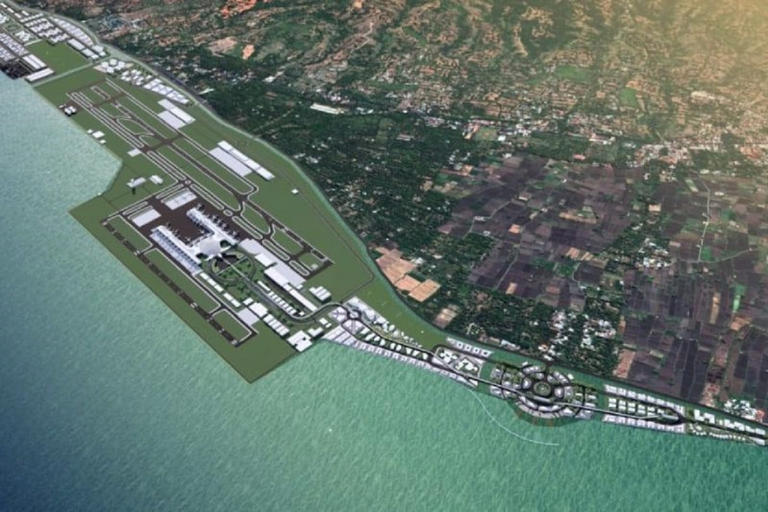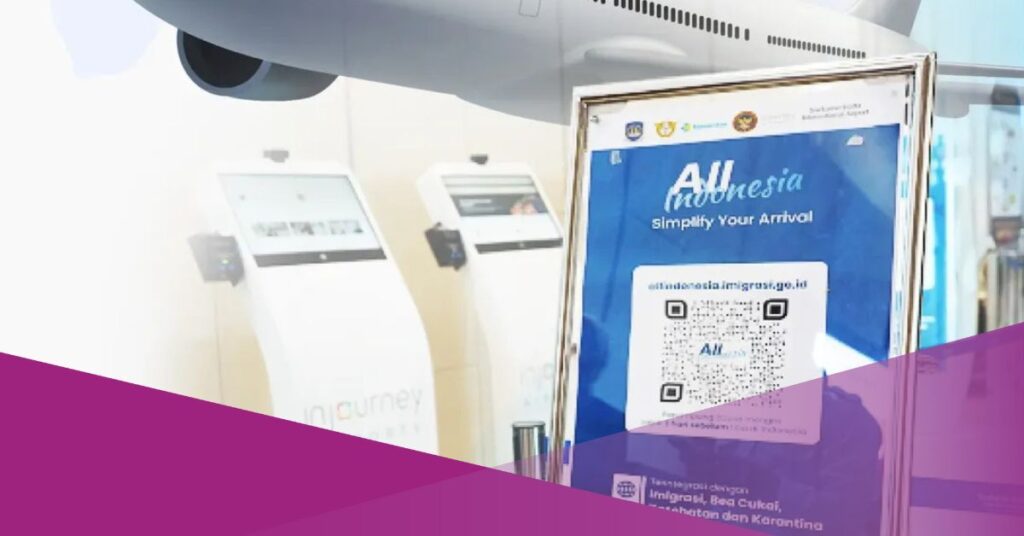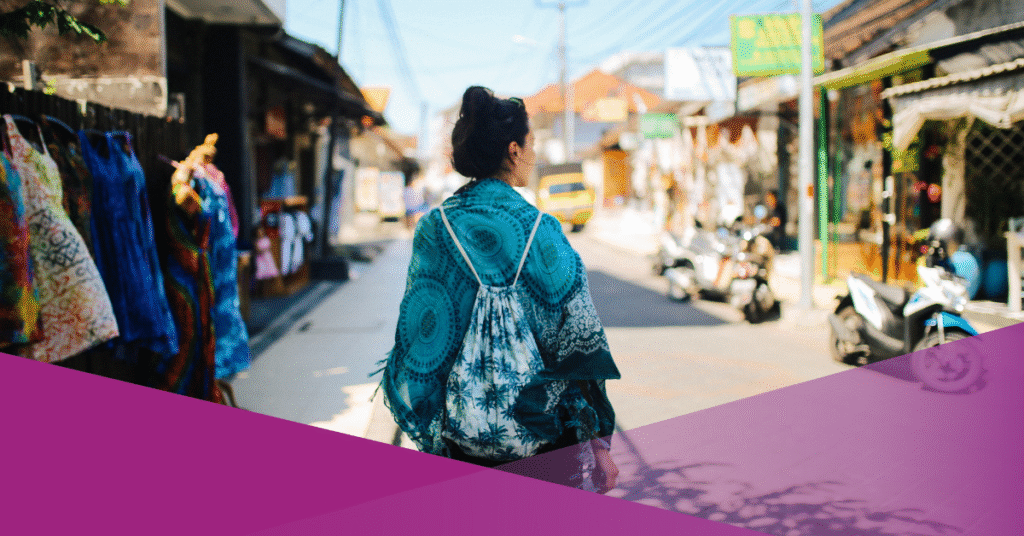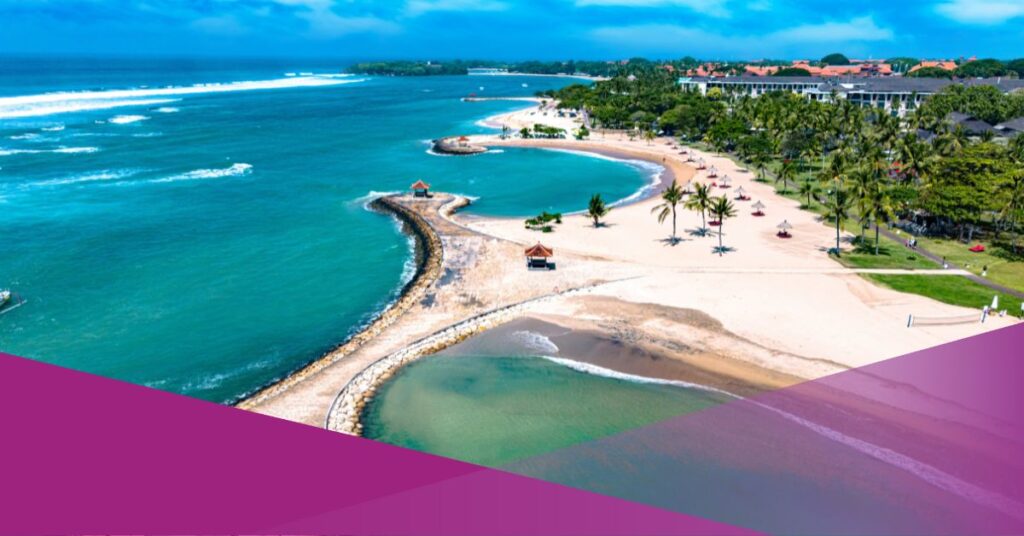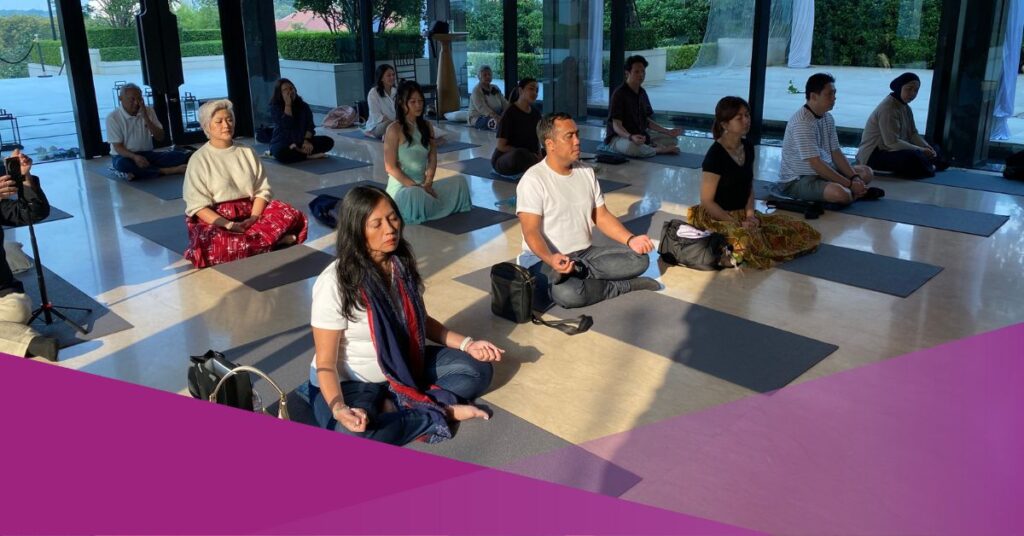The Bali Provincial Government has launched the Bali Roadmap for Net Zero Emissions (NZE) 2045 Electricity Sector, outlining a comprehensive strategy to transition the island to 100% renewable energy.
The roadmap, introduced on Tuesday, 15 July 2025, in Sanur, is part of a broader initiative to achieve energy independence and eliminate emissions.
This follows the Bali Declaration Towards NZE 2045, unveiled in August 2023 in collaboration with the Institute for Essential Services Reform (IESR) and the Bali Zero Emission Coalition.
The plan aims to transform Bali’s electricity system, which currently relies heavily on fossil fuels, into one powered entirely by renewable sources. IESR’s analysis indicates that Bali possesses abundant clean energy potential, making full electrification from sustainable sources feasible.
Challenges and Opportunities in Bali’s Energy Transition
Ida Bagus Setiawan, Head of the Bali Provincial Manpower and Energy Agency, highlighted the island’s vulnerability to energy crises due to its dependence on external supplies and limited power reserves.
“As an archipelago province, Bali is highly susceptible to supply disruptions. Energy independence is crucial to maintaining electricity security, particularly for supporting the tourism sector and creative economy,” Setiawan stated.
Fabby Tumiwa, CEO of IESR, emphasised Bali’s potential to become Indonesia’s first fully renewable energy-powered province, surpassing the national target of 2060 by 15 years.
“The energy transition in Bali is not only vital for environmental sustainability but also enhances the island’s appeal as a global tourist destination. We urge all stakeholders to integrate clean energy into the foundation of green development,” Tumiwa said.
Currently, Bali’s electricity generation capacity stands at 1,461 MW, with 76% derived from fossil fuels. However, the island’s renewable energy potential is vast, estimated at 22.04 GW, including solar (21 GW), wind (515 MW), and geothermal (127 MW).
To meet the NZE target, IESR has outlined a four-phase transition plan requiring over USD 44 billion in investments. The initial phase (2025–2029) focuses on deploying 1.5 GW of renewable energy, reducing emissions by 2.8 million tonnes of CO₂. Subsequent phases will expand generation capacity, introduce energy storage solutions, and modernise the grid.
Alvin Putra Sisdwinugraha, an IESR analyst, noted that significant investments will be necessary to achieve full decarbonisation.
“Between 2040 and 2045, an additional 17 GW of renewable energy and 54 GWh of storage will be required, with an estimated investment of USD 35 billion,” he explained.
IESR has recommended five key strategies to support the roadmap:
1. Formalising regional policies on renewable energy.
2. Optimising renewable energy procurement.
3. Accelerating rooftop solar PV adoption.
4. Strengthening local workforce capacity.
5. Encouraging community participation through clean energy initiatives.
“With collaboration from PLN, the central government, and local communities, Bali can realise its vision of becoming Indonesia’s first energy-independent and clean-energy province,” Tumiwa concluded.
Bali’s Renewable Energy Progress and Future Plans
Despite its vast potential, Bali’s renewable energy adoption remains low, with only 1.48% of its energy mix coming from sustainable sources as of 2024. To accelerate progress, the provincial government launched the Accelerated Utilisation of Rooftop Solar Power Plants (PLTS) programme on 15 May 2025.
Additionally, the Bali Provincial Manpower and Energy and Mineral Resources Office, in partnership with IESR, organised Jelajah Energi Bali from 20–24 May 2025. The initiative showcased nine renewable energy projects across the island, including floating solar plants, biogas villages, and micro-hydro installations.
Setiawan reiterated the importance of collective action in achieving Bali’s sustainability goals.
“The Bali Provincial Government, alongside CORE Udayana and IESR, is developing the Bali NZE 2045 Roadmap. With IESR’s support, we are also creating a roadmap for 100% renewable energy in Nusa Penida by 2030,” he said.
Marlistya Citraningrum, IESR’s Sustainable Energy Access Programme Manager, stressed that the transition is already underway.
“Jelajah Energi Bali demonstrates that the shift to renewable energy is not just possible but already happening—from solar installations in businesses to biogas in villages. These efforts can be expanded further,” she said.
The visited sites included the Nusa Dua Muara Reservoir Floating Solar Plant, Padma Resort Legian’s solar installation, and biogas projects in Puhu and Payangan villages, among others. These examples highlight the practical steps Bali is taking toward its 2045 target.

